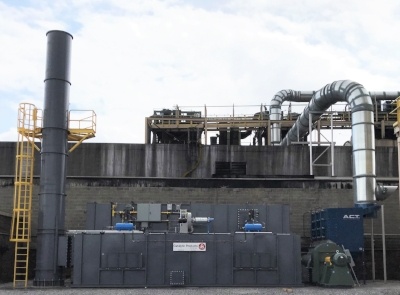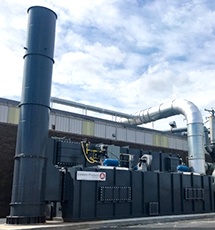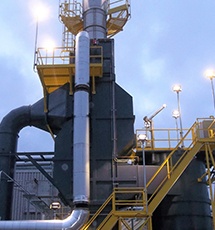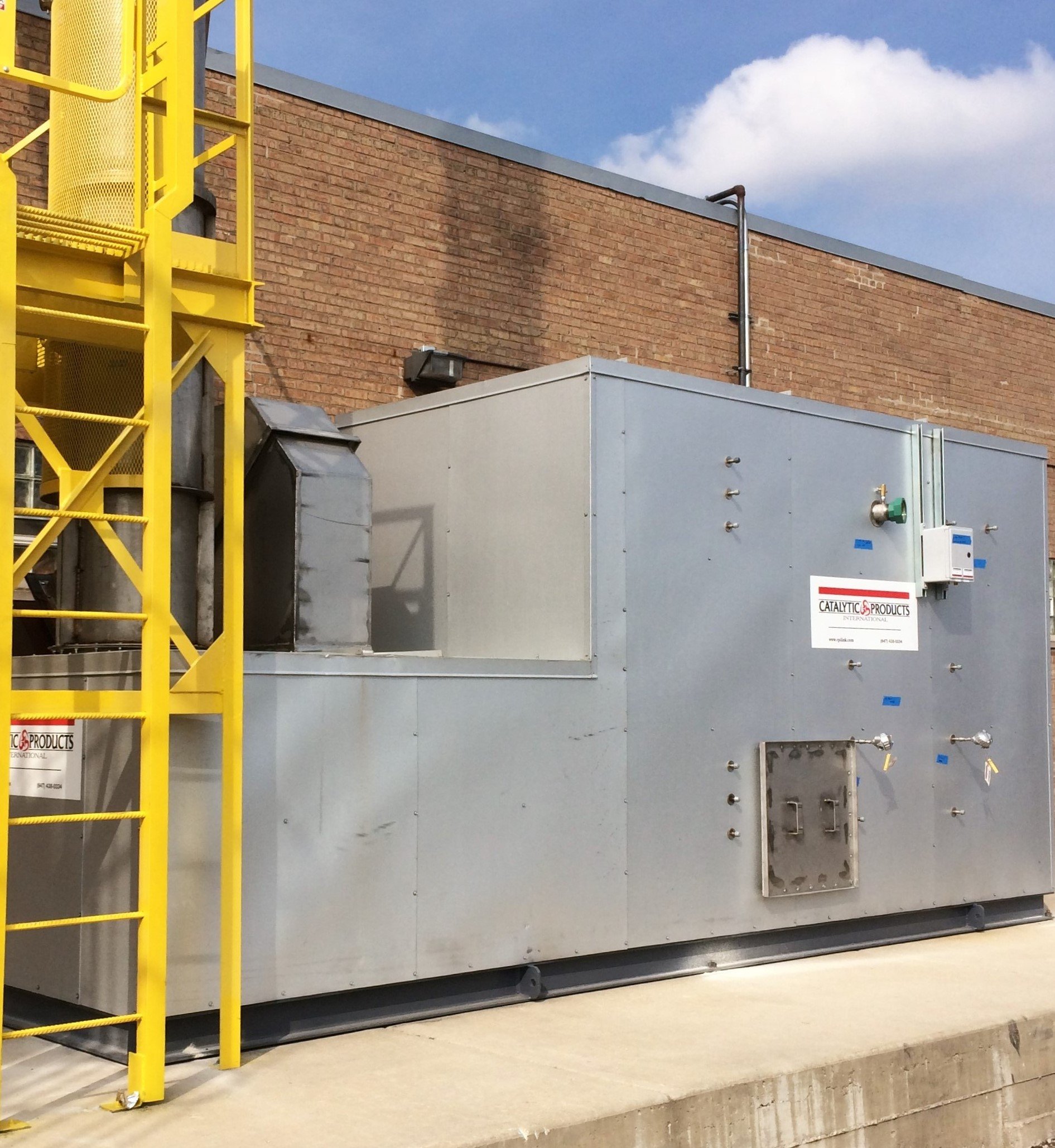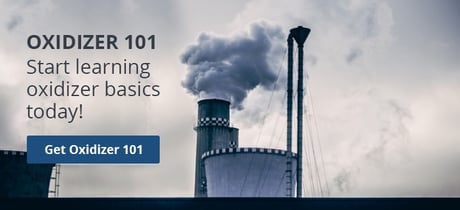Catalytic Products International (CPI) recently completed the installation of a new TRITON Series Regenerative Thermal Oxidizer (RTO) at the Northeast USA location of a global automotive tire manufacturer for the abatement of Volatile Organic Compounds (VOCs) from the rubber tire manufacturing process.
The new 30,000 SCFM TRITON-30.95 Regenerative Thermal Oxidizer (RTO) will control VOC emissions from the rubber mixing operation which includes two (2) existing Banbury Mixers with capacity for an additional mixer to be added in the future. The rubber mixing and production process generates a significant amount of particulate, which is routed into a particulate collection system provided by the customer.
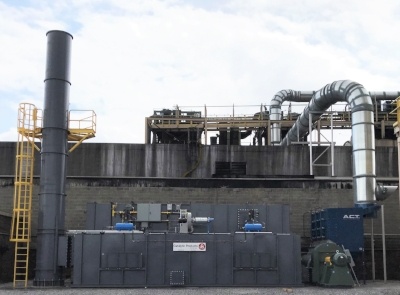
Thermal treatment of VOCs and other air pollutants works by a simple reaction of the harmful air pollutants with oxygen and heat. In this environment, the VOCs are converted into harmless inert byproducts, water vapor (H2O), and usable heat. These harmless by-products are typically released to the atmosphere, or in some cases use an energy recovery technique to further lower the operating costs.
CPI TRITON Series Regenerative Thermal Oxidizers (RTOs) are two-tower systems engineered to provide exceptional performance and reliability. During operation of the RTO the VOCs are directed into one of the system’s regenerators, an internally insulated vessel containing specialized ceramic media which allows thermal rate efficiencies up to 97%. The contaminated gases are passed through the first regenerator where energy is transferred from the ceramic media to the gas in order to elevate the temperature. This elevated temperature approaches the ignition level for most solvents and is then directed from the ceramic bed into the combustion chamber. As the stream exits the ceramic bed and travels through the internally lined combustion chamber, minimal heat is added to ensure a proper oxidation temperature and a designed dwell time is maintained providing destruction of the VOCS at greater than 98% efficiency. The resultant clean, oxidized gases are redirected into a second regenerator bed to continue the energy transfer and oxidation cycle before being released to the atmosphere.
The RTO system will destroy VOC emissions with 98.5% destruction efficiency (DRE), at a thermal efficiency of 95%. To address the concern of particulate carryover and buildup into the oxidizer system for an application of this type, CPI utilizes a special media design to handle light particulate loading, while providing reduced pressure drops and the highest thermal efficiencies.
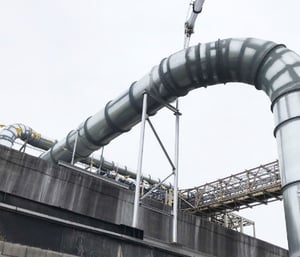 CPI provided a complete turnkey installation, including design and supply of the Regenerative Thermal Oxidizer (RTO) on a customer supplied concrete pad, stainless steel ductwork and system startup. The project included reusing the existing VOC collection ductwork inside of the building and reusing the existing exhaust blower on the roof. CPI provided new ducting and dampers from the blower discharge to direct the exhaust airstream into the cartridge style particulate dust collection system, and then into the RTO.
CPI provided a complete turnkey installation, including design and supply of the Regenerative Thermal Oxidizer (RTO) on a customer supplied concrete pad, stainless steel ductwork and system startup. The project included reusing the existing VOC collection ductwork inside of the building and reusing the existing exhaust blower on the roof. CPI provided new ducting and dampers from the blower discharge to direct the exhaust airstream into the cartridge style particulate dust collection system, and then into the RTO.
CPI worked closely with the customer to minimize the downtime associated with the installation of the Regenerative Thermal Oxidizer (RTO). CPI was able to complete a good portion of the installation activities before the new unit arrived on site and delivered the TRITON-30.95 RTO for final assembly and loading of the media on site. CPI also provided on-site supervision to ensure coordination with the third-party sub-contractors. This approach guaranteed that entire system was installed correctly, and the facility was back up and producing product with minimal downtime.
Since 1969 CPI has been providing industry leading manufacturing companies with solutions to their air pollution control needs.
Today, CPI partners with its customers as a trusted resource in resolving the most complex air pollution and energy conservation problems. We provide our customers with innovative and cost-conscious solutions to their most complex VOC, NOx, and Odor pollution challenges. Our equipment is also at work meeting energy conservation strategies and minimizing greenhouse gas (GHG) emissions.

